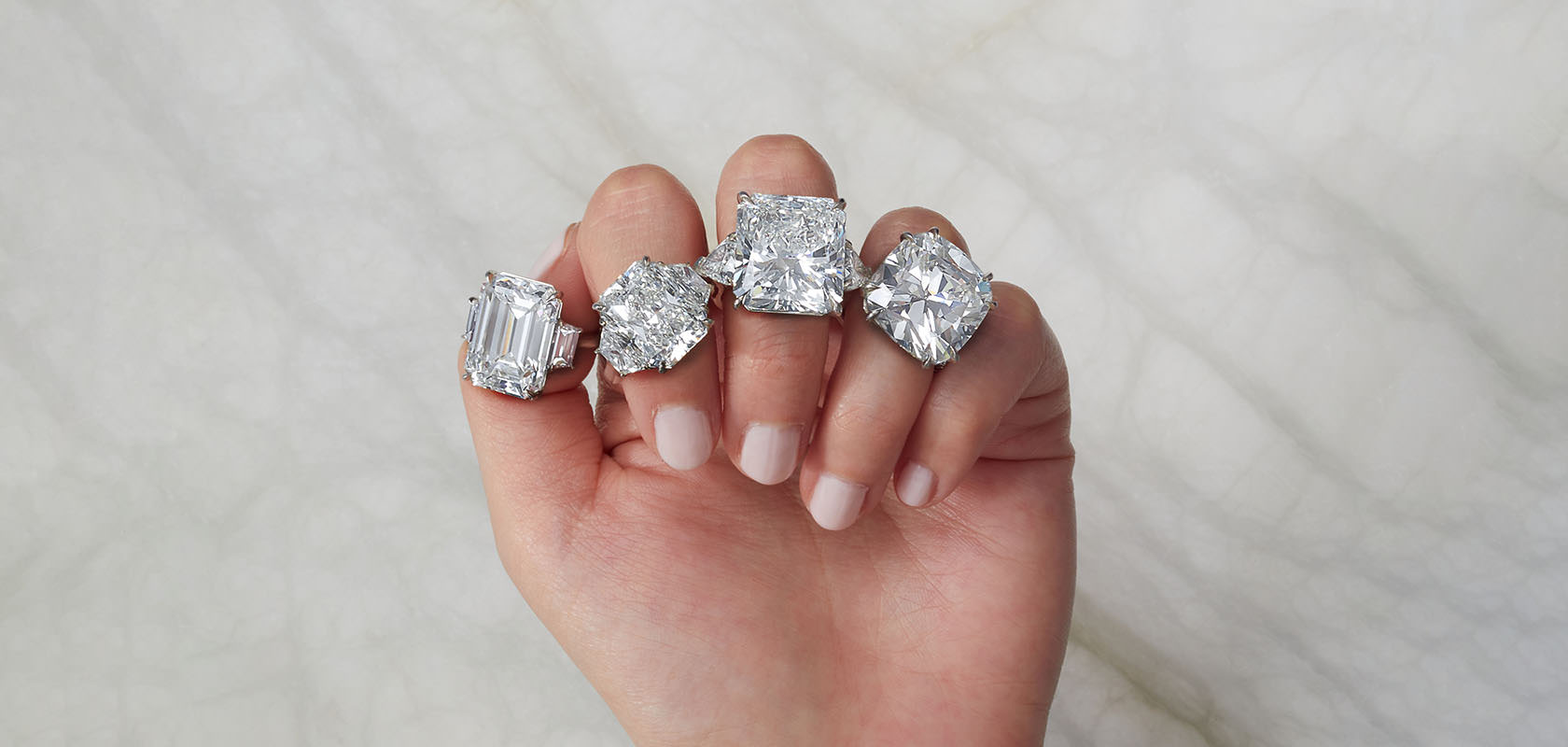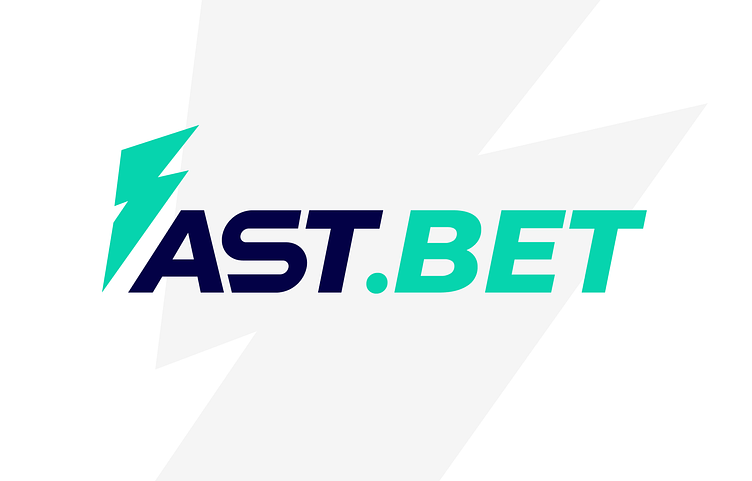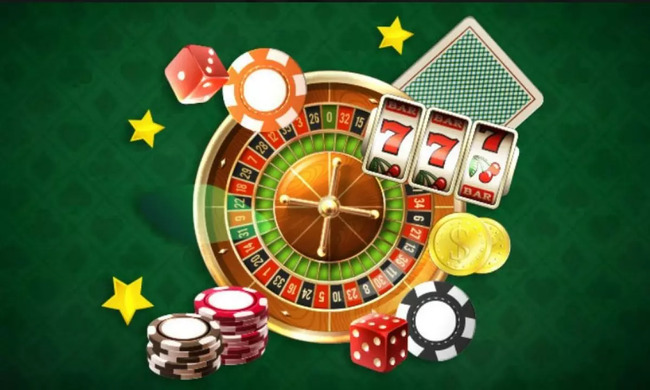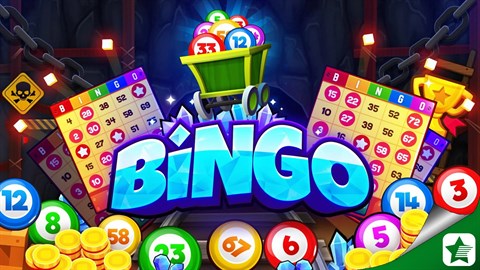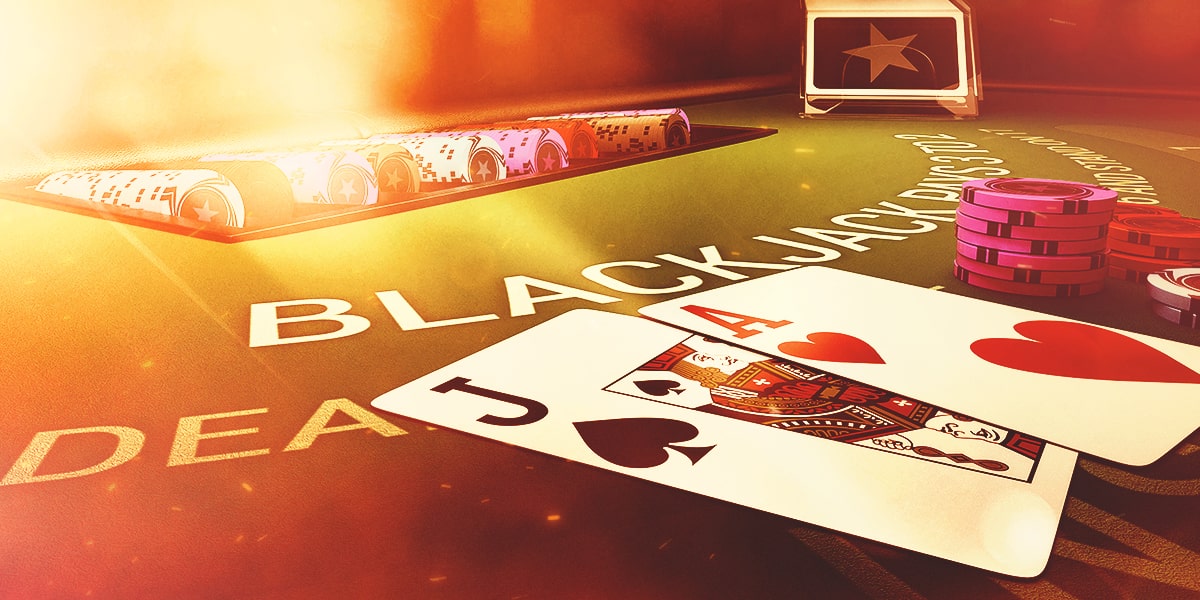How to Spend Bitcoin in Physical Stores and Master Buying and Selling Bitcoin
Bitcoin has evolved far beyond a digital experiment and now serves as a viable currency for transactions worldwide. Many Australians are curious about how to spend Bitcoin in physical stores and are also interested in buying and selling bitcoin as part of their investment strategy. This article explores practical ways to use Bitcoin for everyday purchases and how to navigate the broader landscape of Bitcoin trading effectively.
The Growing Acceptance of Bitcoin in Physical Stores
One of the most exciting developments in the cryptocurrency world is the increasing number of physical retailers accepting Bitcoin. From cafes and restaurants to boutiques and tech shops, Australians are beginning to see opportunities to spend Bitcoin in physical stores with ease.
Using Bitcoin in a brick-and-mortar store usually involves scanning a QR code with a mobile wallet app, which sends payment directly to the merchant’s Bitcoin address. This process is fast, secure, and increasingly user-friendly, making it possible to use Bitcoin just like cash or cards.
However, adoption varies by location, so it’s helpful to check if your favorite stores support Bitcoin payments. Apps like CoinMap or websites listing Bitcoin-friendly retailers can assist in finding places to spend Bitcoin in physical stores nearby.
How to Prepare for Spending Bitcoin in Physical Stores
Before heading out to spend Bitcoin in physical stores, you need a reliable Bitcoin wallet on your smartphone or hardware wallet for secure storage. Popular mobile wallets like Trust Wallet, Mycelium, or Exodus offer intuitive interfaces and fast transactions.
To pay, open your wallet, select the amount of Bitcoin to send, and scan the merchant’s QR code. Confirm the payment, and the transaction will usually be confirmed on the Bitcoin network within minutes. Some payment processors even allow instant settlement by converting Bitcoin to local currency, minimizing volatility concerns for merchants.
Understanding transaction fees and network times is important to avoid delays or unexpectedly high costs. Keeping a small Bitcoin balance specifically for daily spending helps manage your budget and fees effectively.
The Basics of Buying and Selling Bitcoin
While spending Bitcoin in physical stores is growing in popularity, many Australians are equally interested in buying and selling bitcoin as an investment or trading activity. Bitcoin can be purchased on various exchanges such as CoinSpot, Swyftx, or Independent Reserve, which accept Australian dollars.
Buying Bitcoin typically involves registering with an exchange, verifying your identity, depositing funds, and placing a buy order. Selling Bitcoin reverses this process, allowing you to convert Bitcoin back into Australian dollars or other cryptocurrencies.
Understanding market dynamics, trading fees, and timing is crucial for successful buying and selling bitcoin. Many investors use strategies ranging from long-term holding (HODLing) to active trading based on technical analysis.
Combining Spending Bitcoin and Investment Strategies
Some Australians maintain Bitcoin balances specifically for daily use, while keeping separate holdings for investment. This approach allows users to spend Bitcoin in physical stores without liquidating their long-term assets.
For example, an investor may convert a portion of their Bitcoin into smaller amounts earmarked for spending, using wallets that support easy transactions. Meanwhile, the bulk of their Bitcoin remains secured in cold storage, protected from hacking or loss.
Balancing these uses requires attention to Bitcoin’s price volatility and transaction costs, ensuring you can maximize value both as a currency and investment.
Challenges and Considerations When Spending Bitcoin in Physical Stores
Despite its advantages, spending Bitcoin in physical stores presents challenges. Not all merchants accept Bitcoin, and the payment experience may vary depending on the technology they use. Network congestion can slow transactions, leading to longer wait times.
Volatility is another factor — Bitcoin’s price can fluctuate significantly, which sometimes deters merchants from accepting it or leads them to convert payments instantly to local currency. This conversion process can add fees and complexity.
Nevertheless, as awareness and infrastructure improve, spending Bitcoin is becoming more accessible and practical for everyday Australians.
The Future of Bitcoin in Retail and Trading
The future looks promising for those who want to spend Bitcoin in physical stores and engage in buying and selling bitcoin. Payment processors like BitPay and Strike are expanding services that make Bitcoin payments seamless and instant.
Additionally, innovations like the Lightning Network aim to reduce fees and speed up transactions, addressing many current obstacles. Regulatory clarity in Australia continues to evolve, supporting greater adoption of cryptocurrency payments.
For investors, the maturation of exchanges and financial products like ETFs may make buying and selling bitcoin easier and more secure, attracting new participants and institutional money.












